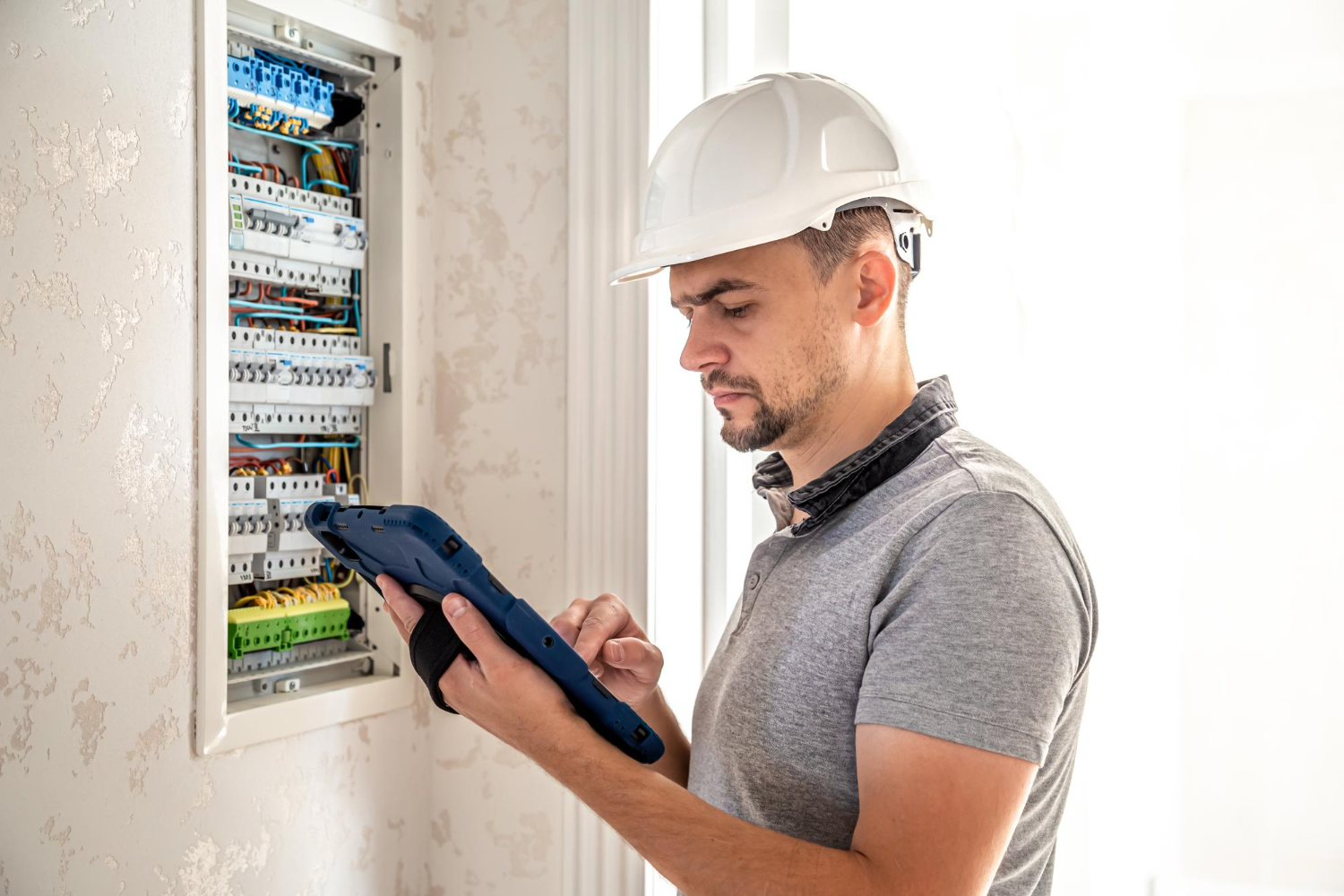Choosing the right type of fusebox, also known as an electrical panel, is crucial for ensuring the safety, efficiency, and regulatory compliance of a property’s electrical system. Whether you’re building a new home, renovating an old one, or simply upgrading your electrical panel, understanding the different types of fuseboxes will help you make an informed decision. Here’s a guide to help you select the ideal fusebox for your property.
1. Assess Your Electrical Needs
Before selecting a fusebox, you must first understand your property’s electrical demands. This involves considering the number and type of electrical devices you use, including any high-demand appliances like air conditioners, heating systems, and large kitchen appliances. Also, anticipate future needs if you plan to expand your home or add more power-intensive equipment.
2. Understand Different Fusebox Types
- Standard Fuse Boxes: Suitable for older homes that have not been heavily modernized and still operate with minimal electrical appliances.
- Circuit Breaker Panels: Ideal for the majority of residential and commercial properties due to their ease of use, safety, and reset capability.
- Ground Fault Circuit Interrupter (GFCI) Breakers: Essential for areas exposed to moisture such as bathrooms, kitchens, and outdoor spaces.
- Arc Fault Circuit Interrupter (AFCI) Breakers: Recommended for bedrooms and living areas where arc faults are more likely to start electrical fires.
- Combination AFCI/GFCI Breakers: Best for new constructions or major renovations where comprehensive protection is desired.
- Main Breaker Panels: Necessary for controlling the power supply to the entire property; required in all new electrical panel installations.
- Subpanels: Useful for properties with multiple buildings or extensive grounds, such as detached garages or workshops.
3. Choose the Appropriate Amperage
The capacity of your fusebox is determined by its amperage. Common residential panels are typically 100, 200, or 400 amps. Consult with a licensed electrician to evaluate your current and future electrical usage so you can select a panel that offers sufficient amperage without frequent tripping of breakers.
4. Consider the Installation Location
Choose a location for your fusebox that is easily accessible but away from direct contact with water and excessive moisture. It should also be out of reach of children and comply with local building codes regarding the height and clearance around the panel.
5. Compliance with Safety Standards and Building Codes
Ensure that the fusebox you select meets or exceeds national and local safety standards and building codes. This may include specific requirements for certain types of buildings or areas within a home.
6. Professional Installation
Installation of a new fusebox should always be carried out by a qualified and licensed electrician. This ensures that the installation is safe, compliant with all electrical codes, and correctly integrated into your home’s overall electrical system.
7. Future-Proofing
Consider choosing a fusebox with additional capacity for future expansion. This could be extra spaces in a circuit breaker panel for new circuits or a larger amperage rating to accommodate future electrical needs.
Conclusion
Selecting the right fusebox is a critical decision that affects the safety and functionality of your property’s electrical system. By understanding the different types of fuseboxes and considering your current and future electrical needs, you can choose a panel that ensures safety, meets legal requirements, and accommodates your lifestyle or business operations. Always involve a professional to guarantee that your electrical system is up to standard and can serve your needs efficiently and safely.







